A Journey into the Heart of American Music
There are places in the world that carry an almost spiritual energy — where history, creativity, and culture converge to create something timeless. For music lovers, Muscle Shoals Sound Studio is one of those rare spaces. My full-day visit to this legendary studio was more than just a stop on a trip; it was a pilgrimage into the very soul of American music.
Tucked away in the small town of Muscle Shoals, Alabama, this unassuming building has produced some of the most iconic recordings in music history. From Aretha Franklin’s empowering vocals to The Rolling Stones’ raw, unforgettable sound, the magic made within these walls continues to echo through generations. As someone deeply fascinated by music history in Alabama , I knew visiting this studio was a must — and I wasn’t disappointed.
This blog post will take you along on my journey through Muscle Shoals Sound Studio — from the moment I stepped inside to the lasting impression it left on me. Whether you’re planning your own visit to Muscle Shoals or simply curious about the places that shaped the soundtrack of the 20th century, this post will give you a glimpse into what makes this studio so special.
Let’s explore not just the sounds, but the stories behind them — and discover why a day spent at Muscle Shoals Sound Studio is a day spent in the company of legends.
What is Muscle Shoals Sound Studio?
Tucked away in the small town of Muscle Shoals, Alabama, Muscle Shoals Sound Studio stands as one of the most influential and legendary recording studios in music history. Known for its raw, soulful sound and unmatched musical chemistry, this studio has become synonymous with some of the greatest recordings ever made.
But what exactly makes Muscle Shoals Sound Studio so iconic? To understand its significance, we need to dive into its rich history , explore the artists who recorded here , and uncover the unique cultural impact it had — and continues to have — on the world of music.
A Brief History of the Studio
Muscle Shoals Sound Studio was founded in 1969 by four of the area’s most talented session musicians — David Hood (bass), Jimmy Johnson (rhythm guitar), Roger Hawkins (drums), and Barry Beckett (keyboards). These men, later known as The Swampers , were already well-established as the house band at Rick Hall’s Fame Studios, another legendary Muscle Shoals recording spot.
However, creative differences led them to break away and establish their own space — a modest cinderblock building on East Avalon Avenue that would soon become Muscle Shoals Sound Studio . What began as a local recording facility quickly grew into a global destination for artists seeking a sound that was both gritty and deeply emotional.
From the very beginning, the studio was infused with a special kind of energy — part Southern soul, part rock ‘n’ roll, and all heart. Its reputation spread fast, and soon, major names from across the music world were making the pilgrimage to Alabama to record in this unassuming studio with its powerhouse rhythm section.
Artists Who Recorded Here
Over the decades, Muscle Shoals Sound Studio has hosted an incredible roster of musical talent. Some of the most iconic names in music history walked through its doors and left behind timeless recordings:
- Aretha Franklin – Often credited with finding her signature sound at Muscle Shoals, she recorded hits like “I Never Loved a Man (The Way I Love You)” and “Do Right Woman – Do Right Man.”
- The Rolling Stones – Recorded parts of their classic album Sticky Fingers , including the unforgettable “Brown Sugar.”
- Bob Dylan – Came south to record tracks for his 1973 album Self Portrait and later returned for sessions that would influence Nashville Skyline.
- Paul Simon – Recorded “Kodachrome” and other songs from his groundbreaking solo album There Goes Rhymin’ Simon.
- Linda Ronstadt , Rod Stewart , Wilson Pickett , Etta James , and many more also laid down unforgettable tracks in this legendary space.
What made these sessions so special wasn’t just the artists, but the collaboration between them and the Swampers — a group of white Southern session players whose deep understanding of Black American musical traditions helped create a sound that transcended race and genre.
Muscle Shoals and Its Impact on Music
The legacy of Muscle Shoals Sound Studio extends far beyond the walls of its original building. It played a crucial role in shaping the sound of the 1960s and ’70s, influencing genres like soul, R&B, rock, and country . The studio’s ability to blend gospel roots with modern instrumentation gave rise to a uniquely American sound — one that felt both organic and electric.
Perhaps even more remarkable is how Muscle Shoals became a symbol of racial unity during a turbulent time in U.S. history. At a moment when segregation still lingered in many corners of the South, the studio was a place where Black and white musicians came together not only to work — but to create something beautiful and lasting.
Today, the studio remains a powerful testament to the magic of musical collaboration. Whether you’re a lifelong music fan or simply curious about the places that shaped the songs we love, a visit to Muscle Shoals Sound Studio is like stepping into a living museum of American culture.
Table of Contents
Planning My Visit to Muscle Shoals Sound Studio
Before stepping into one of the most iconic music landmarks in the world, a little planning goes a long way. If you’re considering a visit to Muscle Shoals Sound Studio , especially for a full-day immersive experience like mine, it’s important to know how to get there, how to book your tour, and when the best time is to go.
Here’s everything I did to prepare for my trip — from travel logistics to booking details — so you can plan your own unforgettable journey through music history.
How to Get There
Muscle Shoals is located in the northern part of Alabama, near the Tennessee River. While it may not be on everyone’s radar, it’s more accessible than you might think.
I flew into Huntsville International Airport (HSV) , which is about an hour’s drive from Muscle Shoals. Alternatively, if you’re coming from further away, Birmingham-Shuttlesworth International Airport (BHM) is roughly a 2.5-hour drive south, and Nashville International Airport (BNA) is about 2 hours north — both great options depending on where you’re traveling from.
Once in town, Muscle Shoals itself is quite walkable, especially around the studio area. I rented a car for convenience, but since the studios are spread out a bit, having your own transportation makes exploring much easier.
Tour Booking & Entry Fee
To fully appreciate the magic of Muscle Shoals Sound Studio, I highly recommend taking a guided tour — it’s the best way to dive deep into its history and hear firsthand stories from people who know the studio inside and out.
I booked my tour directly through the Muscle Shoals Sound Studio website , which offers both public and private tour options. At the time of my visit, the standard entry fee was around $20–$25 per person , with discounts available for students, seniors, and groups.
The tour lasted approximately 90 minutes to 2 hours , but because I stayed longer to explore the gift shop, take photos, and chat with staff, I made sure to set aside the entire day for this experience.
Best Time to Visit
Timing your visit can make all the difference in how much you get out of the experience.
I visited in early spring , and it was perfect — mild weather, fewer crowds, and the town felt lively without being overwhelming. That said, Muscle Shoals is a year-round destination , and each season brings its own charm:
- Spring (March–May): Pleasant temperatures and blooming landscapes make this a great time to visit.
- Summer (June–August): Expect warmer weather and more visitors, especially during local festivals and events.
- Fall (September–November): Cooler temps and beautiful autumn scenery create a peaceful backdrop for your visit.
- Winter (December–February): Quieter months with fewer tourists — ideal if you prefer a more intimate experience.
Also consider visiting mid-week if possible, as weekends tend to be busier due to tour groups and special events.
Arrival and First Impressions – Stepping Into a Living Legend
As I pulled up to the unassuming brick building on East Avalon Avenue, a wave of excitement washed over me. This was it — Muscle Shoals Sound Studio , the legendary birthplace of some of the most iconic recordings in music history. The exterior gave little hint of the magic inside; just a modest, weathered facade with a small sign that read “Muscle Shoals Sound Studio” in simple block letters. But for anyone who knows its story, those walls hold decades of soul, rhythm, and raw musical genius.
The studio sits quietly among a mix of local businesses in a town that may seem ordinary at first glance. Yet, for music lovers, this spot is nothing short of sacred ground. As I stepped out of the car, I could almost hear echoes of Aretha Franklin’s powerhouse vocals or the gritty groove of The Rolling Stones reverberating through time.
A Humble Exterior, A Rich Legacy Inside
Walking toward the entrance, I took in the surroundings — a quiet street, the Southern sun casting long shadows, and a sense of anticipation buzzing in my chest. There was no red carpet, no flashing lights — just the feeling that I was about to enter a space where greatness had been recorded one track at a time.
Inside, the vibe shifted instantly. The lobby was filled with memorabilia — vintage photos of artists mid-recording session, framed gold records, and instruments that had played their part in shaping music history. Every corner told a story, and I hadn’t even reached the main studio yet.
Our small tour group gathered near a display case featuring handwritten lyrics and old session logs. It was clear from the start that this wasn’t going to be a typical museum visit. This was an intimate journey into the beating heart of American music.
First Glimpse of the Control Room
As we moved further inside, I caught my first glimpse of the legendary control room , the nerve center of Muscle Shoals Sound Studio. The moment felt surreal — like stepping onto the set of a classic film, only this was real life, and the soundtrack was written by legends.
Vintage analog gear lined the walls, dials and knobs frozen in time but still humming with history. The mixing console looked like it had seen decades of sessions, each scratch and scuff mark telling a story. And beyond the glass, there it was — the recording booth , where voices like Wilson Pickett’s and Paul Simon’s once filled the air with unforgettable melodies.
I couldn’t help but smile. My full-day visit had officially begun, and already, I was completely under the spell of Muscle Shoals Sound Studio.
The Guided Tour Experience – A Deep Dive Into Music History
Led by a knowledgeable and passionate guide, the Muscle Shoals Sound Studio tour was an immersive journey through decades of music magic. From behind-the-scenes insights to rare audio clips and personal anecdotes, every moment brought the studio’s legendary past to life.
As we walked from room to room, I felt like I was stepping into the pages of a living history book — one filled with soul, rhythm, and unforgettable stories.
Studio Rooms and Equipment – Stepping Into the Heart of the Sound
The first stop was the main recording booth , where countless hits were laid down. Standing inside, I could almost feel the energy of artists who had once stood in that very spot, pouring their hearts into every note.
Our guide pointed out the original microphones , still in place from the ’70s, and explained how the Swampers — the legendary Muscle Shoals house band — would play together in real time, creating that raw, organic sound that defined an era.
We then moved into the control room , the nerve center of the studio. Vintage consoles lined the walls, including the original Helios mixing board , used on recordings by Aretha Franklin and Paul Simon. Every dial and switch had been part of something bigger — a piece of musical history still humming with legacy.
I was especially fascinated by the tape machines and analog gear that gave Muscle Shoals its signature warmth. In today’s digital world, seeing this vintage equipment up close was a reminder of how much heart and hands-on craft went into those timeless tracks.
Iconic Stories Behind the Music – From Aretha to The Stones
One of the highlights of the tour was hearing the real stories behind the sessions that shaped music history.
When Aretha Franklin arrived at Muscle Shoals, she wasn’t sure if she’d found her voice yet — but after recording “I Never Loved a Man (The Way I Love You)” here, there was no doubt. Our guide shared how Rick Hall originally produced the session at Fame Studios, but things fell apart quickly — leading the Swampers to break away and form Muscle Shoals Sound Studio soon after.
Then came the story of The Rolling Stones — how Mick Jagger and Keith Richards showed up unannounced during a slow week, asking if they could use the studio. What followed was the creation of “Brown Sugar” and parts of Sticky Fingers , recorded in just days with a loose, electric energy that only Muscle Shoals could capture.
Other tales included Bob Dylan’s mysterious late-night visits, Paul Simon’s quiet intensity, and Wilson Pickett’s explosive vocals. Each story added another layer to my appreciation of what this small studio had achieved.
Personal Reactions and Feelings – A Full-Day of Musical Wonder
Throughout the tour, I couldn’t help but be overwhelmed by emotion. Standing in the same space where legends created art was surreal — like touching the fabric of music history itself.
There were moments when our guide played snippets of unreleased takes or alternate versions of famous songs, and I found myself completely captivated. It wasn’t just about hearing the music — it was about feeling the process, the spontaneity, the imperfections that made it all so human.
What I Learned During the Visit – Inside the Sound of Muscle Shoals
Spending a full day at Muscle Shoals Sound Studio wasn’t just a nostalgic trip through music history — it was a deep dive into the creative techniques, cultural forces, and behind-the-scenes magic that shaped some of the most influential recordings of all time.
From studio secrets to musical innovation and powerful stories of collaboration, here are the most fascinating things I discovered during my visit.
The Power of the Swampers – Building the Muscle Shoals Sound
One of the biggest takeaways from the tour was understanding how much of the “Muscle Shoals sound” came from the rhythm section — famously known as The Swampers : Barry Beckett (keyboards), David Hood (bass), Roger Hawkins (drums), and Jimmy Johnson (guitar).
These four white Southern session musicians had an incredible feel for soul and R&B — a style rooted in Black American traditions. Their groove-heavy, intuitive playing became the foundation for countless hits. Artists would often come to Muscle Shoals not just for the studio, but specifically for them .
What made The Swampers so special? It wasn’t just technical skill — it was their ability to listen, adapt, and create space for vocalists and lead instruments to shine. That synergy is what gave Muscle Shoals its signature warmth and depth.
Recording Techniques That Defined an Era
In today’s world of digital editing and auto-tune, it was eye-opening to learn how raw and real the sessions were back in the 1960s and ’70s.
Engineers at Muscle Shoals relied heavily on analog equipment , room acoustics, and live tracking — meaning artists and musicians played together in real time, often in the same room. This created a level of energy and chemistry that’s hard to replicate today.
Our guide explained how vocals were often recorded in one or two takes, with minimal overdubs. Aretha Franklin’s powerhouse performance on “I Never Loved a Man” was nearly done in a single take — her emotion and power were too strong to interrupt.
Another surprising detail: many songs were built around spontaneous jam sessions. The Rolling Stones’ “Brown Sugar” started as a loose groove between Keith Richards, Mick Taylor, and The Swampers — no plan, no script, just pure musical instinct.
The Cultural Impact – Music Breaking Barriers
Beyond the technical brilliance, what struck me most was how Muscle Shoals became a bridge across racial lines during a turbulent time in American history.
At a time when segregation still influenced daily life in the South, the studio was a place where Black and white musicians worked side by side — not just professionally, but creatively. The result was a blending of cultures that gave birth to something uniquely American.
Hearing these stories added emotional weight to every song we discussed. The music wasn’t just great — it was meaningful. It carried the voices of people who found unity through rhythm, harmony, and shared passion.
Studio Secrets – Little Details That Made Big Differences
A few lesser-known facts really stood out:
- The piano used on many sessions belonged to Rick Hall and was brought over from Fame Studios. Its slightly detuned strings contributed to the rich, soulful tone heard on tracks like Wilson Pickett’s “Mustang Sally.”
- Natural reverb played a huge role — engineers used the building’s layout and isolation booths to enhance the organic sound.
- No headphones in the control room — producers and engineers listened to mixes through studio monitors just like anyone else, which helped maintain a more realistic balance.
These small details showed how much thought and care went into crafting each recording — proving that greatness often comes from attention to the smallest elements.
Why Muscle Shoals Is Still Important Today – A Legacy That Lives On
Even decades after its golden era, Muscle Shoals Sound Studio remains more than just a historic site — it’s a living, breathing part of music culture. Its influence echoes through modern recordings, and ongoing preservation efforts ensure that future generations can experience the magic firsthand.
My full-day visit made one thing clear: this studio isn’t just about the past. It continues to shape how we understand music, creativity, and cultural connection in powerful ways.
Music Legacy of the Studio – The Sound That Shaped Generations
The legacy of Muscle Shoals is embedded in the DNA of American music. The distinctive rhythm section , the raw vocal takes, and the organic production techniques pioneered here have influenced countless artists across genres — from soul and R&B to rock and pop.
That signature “Muscle Shoals sound” — deep, gritty, and emotionally rich — became a blueprint for studio sessions worldwide. Artists today still reference the Swampers, sample classic tracks, and chase that same blend of spontaneity and musical mastery.
Even if you’ve never heard of the studio itself, you’ve felt its impact. Every time you hear Aretha Franklin’s “Respect” , Bob Dylan’s “Knockin’ on Heaven’s Door” , or Paul Simon’s “Kodachrome” , you’re hearing the fingerprints of Muscle Shoals.
This enduring influence proves that great music doesn’t fade — it evolves and inspires.
Modern-Day Relevance – From Streaming to New Recordings
Despite being rooted in analog history, Muscle Shoals Sound Studio is far from a relic. In fact, it’s still an active recording space.
During my visit, I learned that contemporary artists continue to book sessions at the studio, drawn by its legendary vibe and vintage gear. Some come to tap into the same energy that fueled the classics — others simply want to be part of the story.
Streaming platforms and documentaries like Muscle Shoals (2013) have also reintroduced the studio to new audiences, sparking renewed interest in its history and cultural significance.
From TikTok creators sampling old soul beats to indie bands chasing authentic sound, the studio’s spirit lives on — not just in archives, but in fresh recordings that keep its legacy alive.
Studio Preservation Efforts – Keeping History Alive
One of the most inspiring parts of my visit was learning about the preservation efforts behind the scenes.
After years of decline and near abandonment in the 2000s, the studio was saved by passionate fans, musicians, and historians who recognized its value. Thanks to restoration initiatives and nonprofit support, the building has been carefully restored to reflect its original 1970s look and feel.
Today, guided tours, educational programs, and live events help fund ongoing maintenance and outreach. These efforts ensure that the studio remains more than just a tourist stop — it’s a place where people can connect with the roots of American music.
Seeing how much care goes into preserving every detail — from original instruments to handwritten session notes — reminded me that places like Muscle Shoals are worth protecting. They’re not just buildings; they’re cultural touchstones.
Tips for Future Visitors – Plan Your Trip Right
If you’re planning a visit to Muscle Shoals Sound Studio , a little preparation will go a long way in making your experience unforgettable. Here are my top tips — short, useful, and travel-ready.
What to Bring
- Camera or smartphone – plenty of photo-worthy spots inside and out
- Comfortable shoes – expect some walking and standing during the tour
- Notebook or journal – capture thoughts or lyrics that inspire you
- Reusable water bottle – stay hydrated, especially in summer
How Much Time You Need
A full visit — including the guided tour , exploring on your own, and visiting nearby studios like Fame — takes about 3–5 hours . If you want to take your time, grab lunch, and explore more of Muscle Shoals, plan for a full day .
Places to Visit Nearby
- Fame Studios – just down the road, where Aretha Franklin first recorded
- Muscle Shoals Railroad Park – a scenic spot for photos and reflection
- The Blue Pants Brewery – great local craft beer and casual bites
- W.C. Handy Birthplace Museum – celebrate the “Father of the Blues”
Final Thoughts and Personal Reflection – A Day I’ll Never Forget
As I walked away from Muscle Shoals Sound Studio , I felt a deep sense of gratitude. This wasn’t just a tour — it was an emotional journey through the soul of American music. Standing in the same rooms where legends recorded history, I felt connected not just to the songs, but to the people and moments that made them real.
There’s something powerful about being in a place where creativity once filled the air so thick you could almost touch it. It reminded me why music matters — because it tells stories, breaks barriers, and lasts long after the session ends.
If you love music, culture, or history, a visit here will stay with you. Long after I left Alabama, the sound of Muscle Shoals still played in my heart.
Photo Gallery
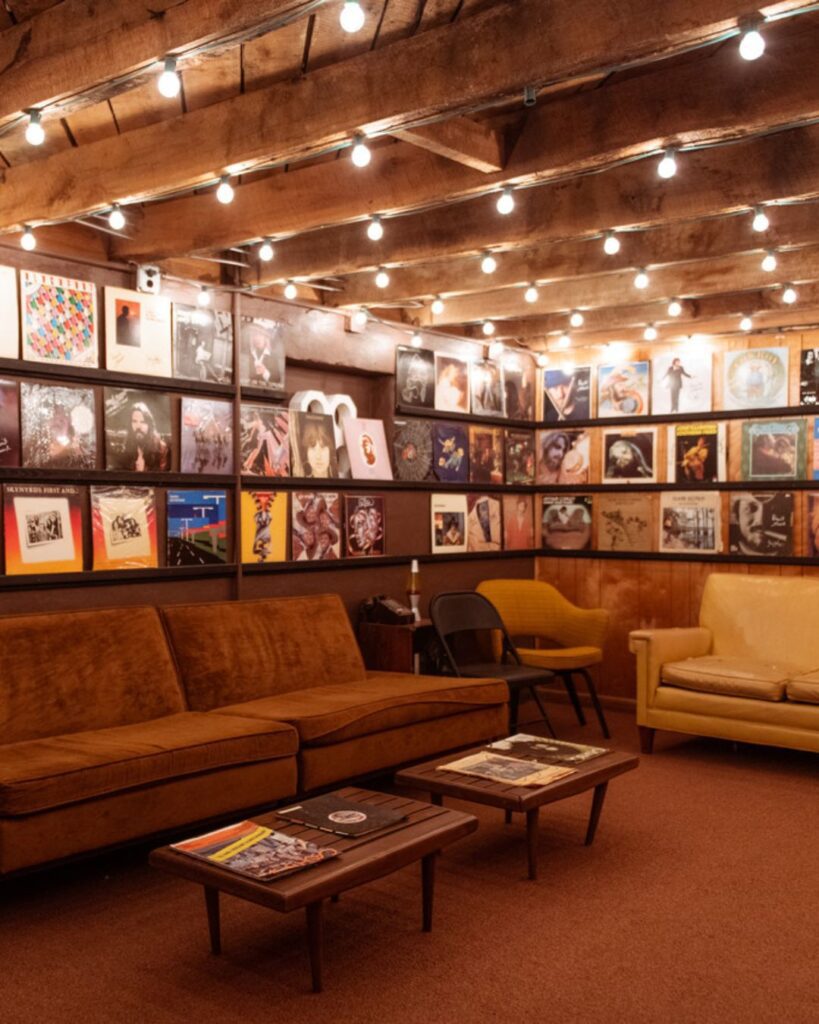
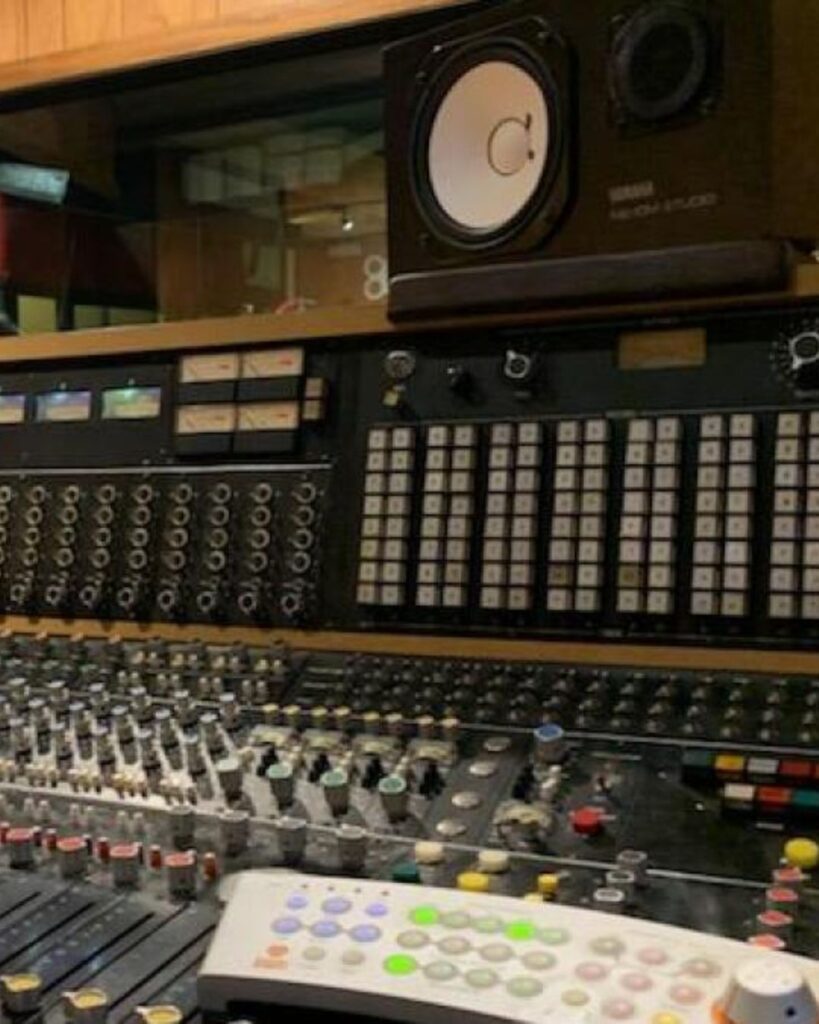
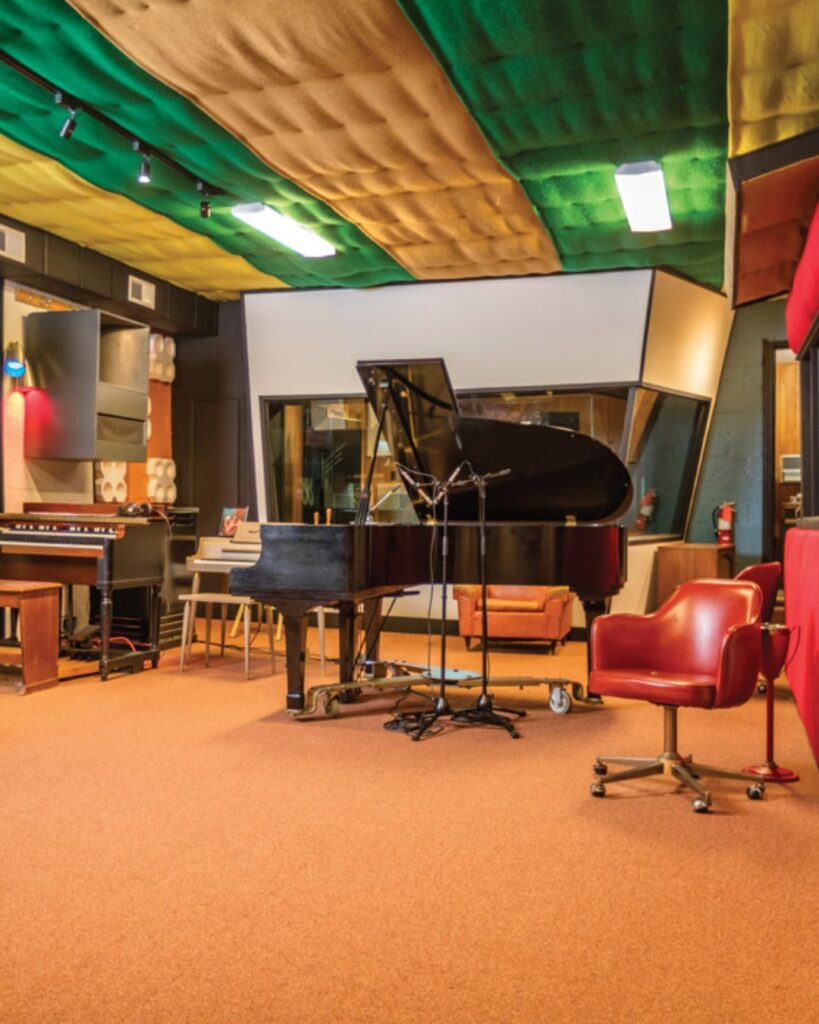
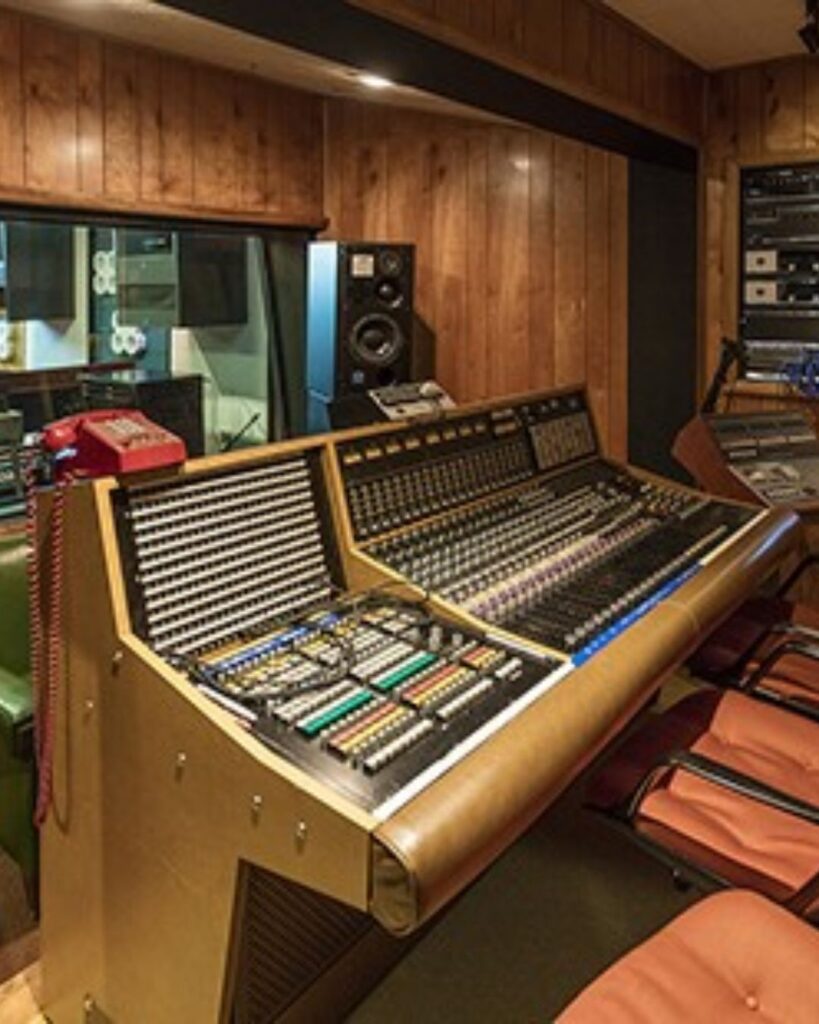
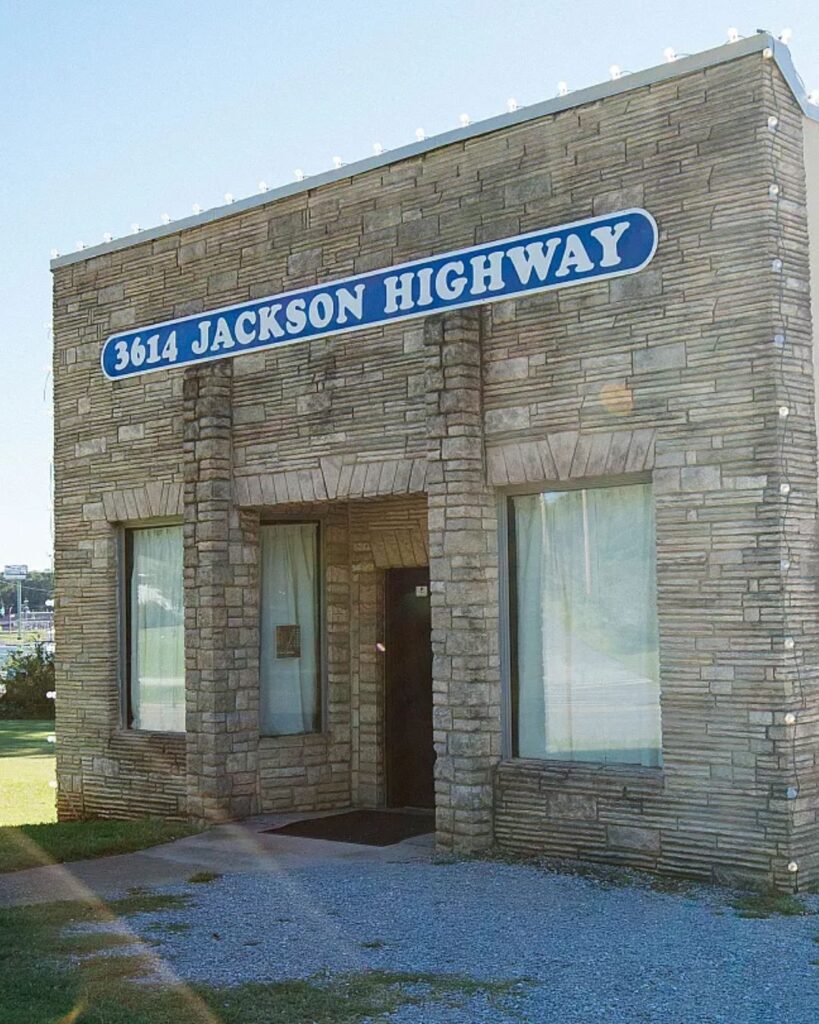
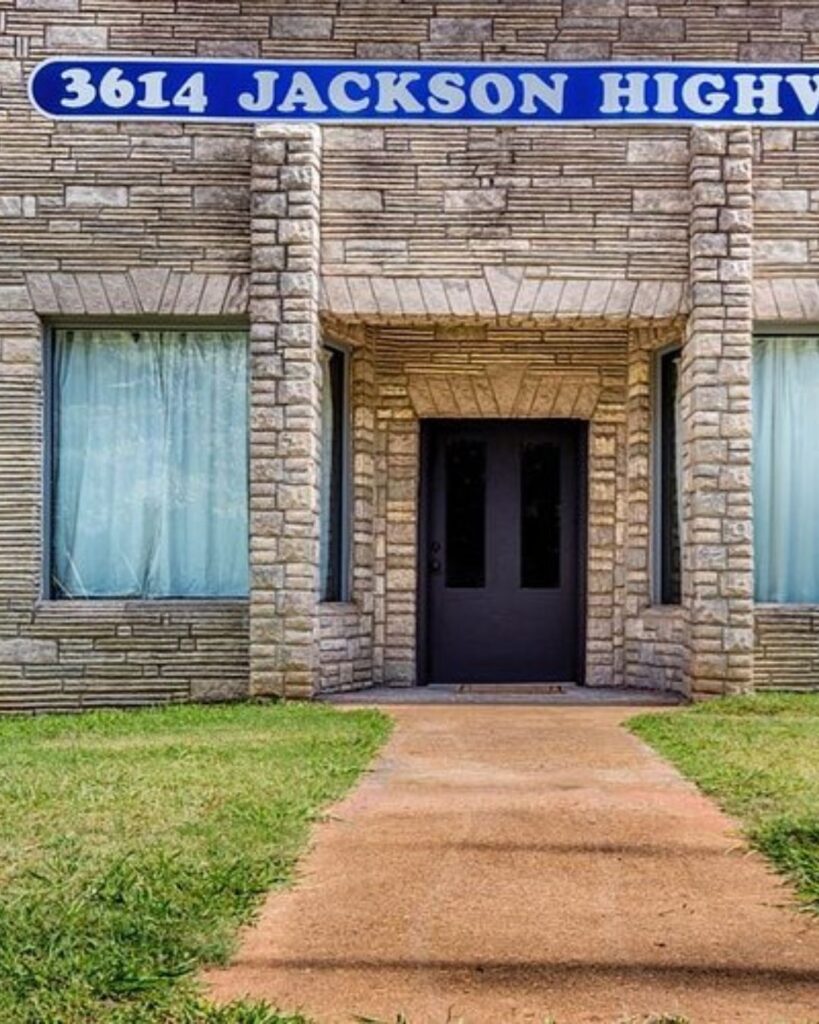
FAQ About Muscle Shoals Sound Studio – Your Top Questions Answered
If you’re planning a visit to Muscle Shoals Sound Studio , you probably have questions. Here are some of the most common (and SEO-friendly) ones I’ve heard — and what I learned during my full-day experience.
How Do I Book a Tour?
Booking a tour is easy! Simply visit the official Muscle Shoals Sound Studio website or contact them through their social media. Public tours run several times a week, and private tours can be arranged for groups or special requests. Be sure to book in advance — slots fill up fast.
What’s the Best Time to Visit?
The best time to visit is during spring or fall when the weather is mild and crowds are lighter. If you prefer fewer tourists, aim for a weekday morning . However, if you’re hoping to catch a live event or special session, check the studio’s event calendar before planning your trip.
Are Cameras Allowed?
Yes! You’re allowed to take photos inside the studio , especially in the main rooms and control area. Flash photography may be restricted during parts of the tour, so always follow your guide’s instructions. It’s a great chance to capture memories from one of America’s most iconic music landmarks.

